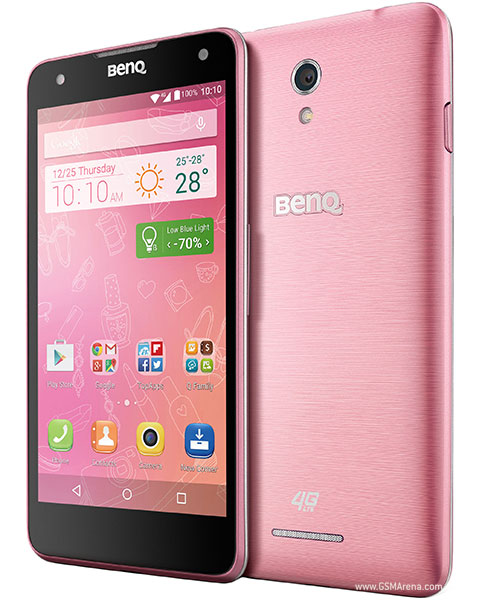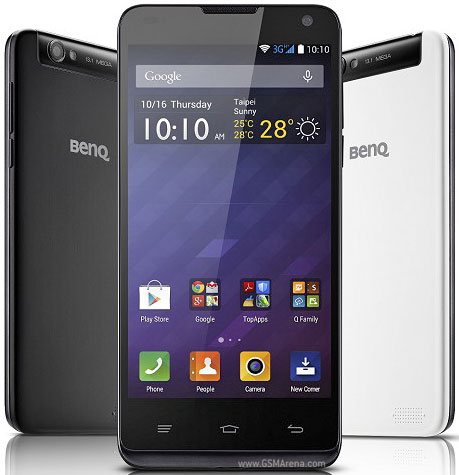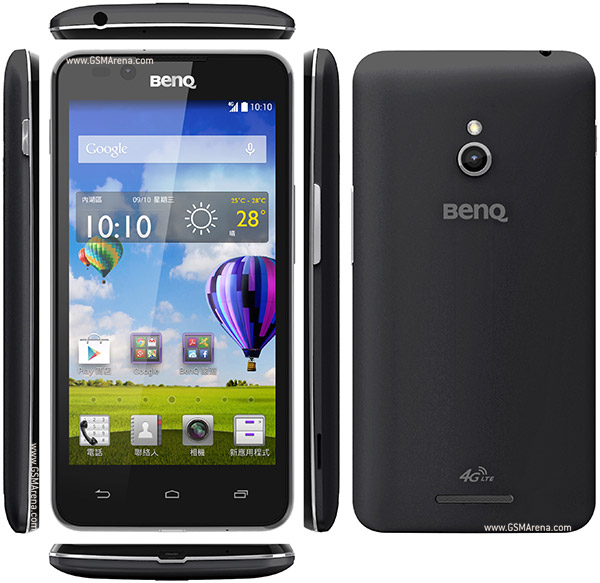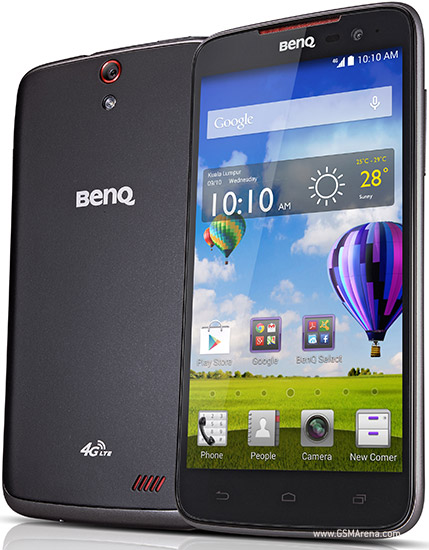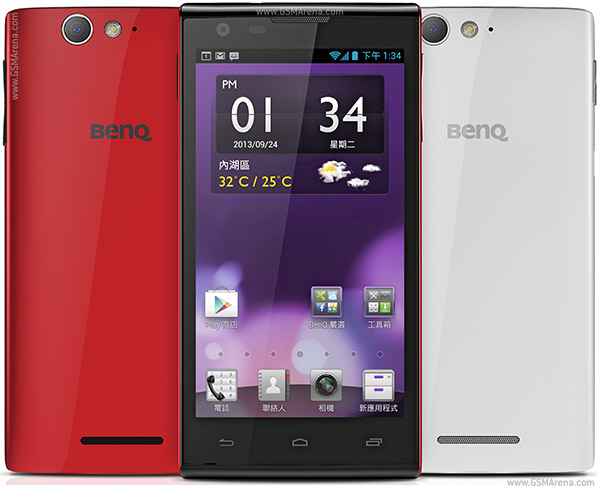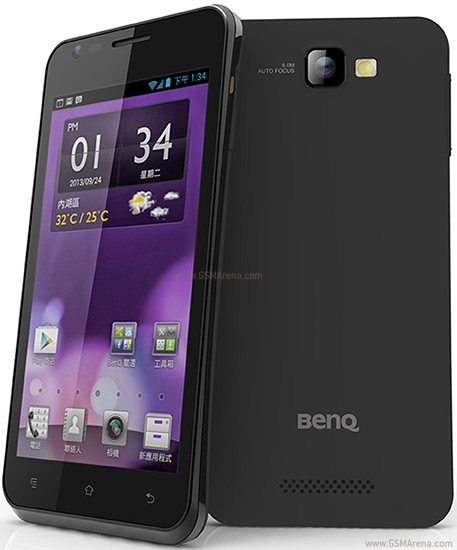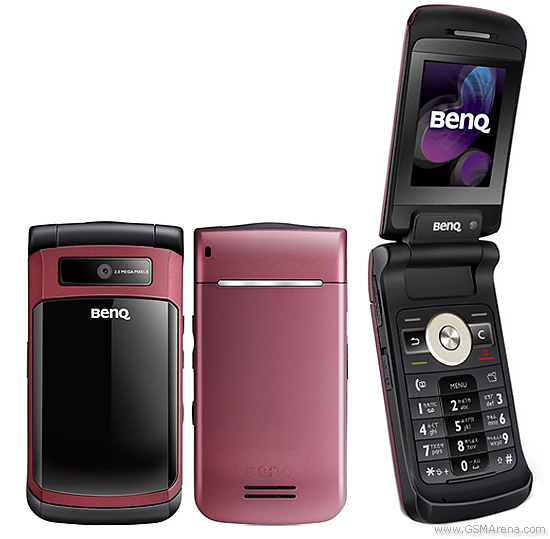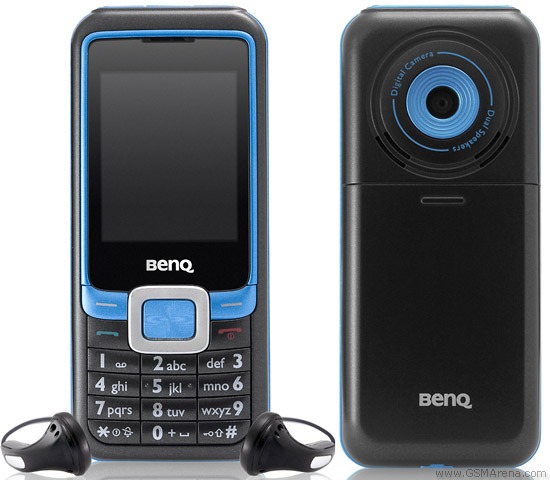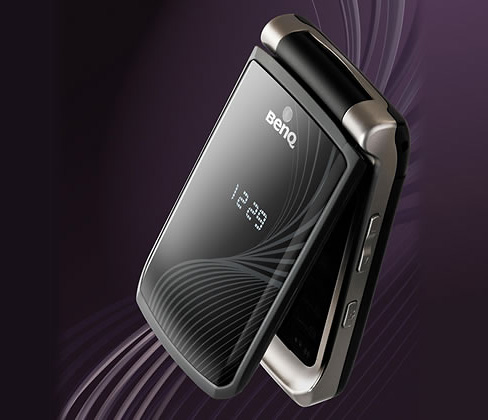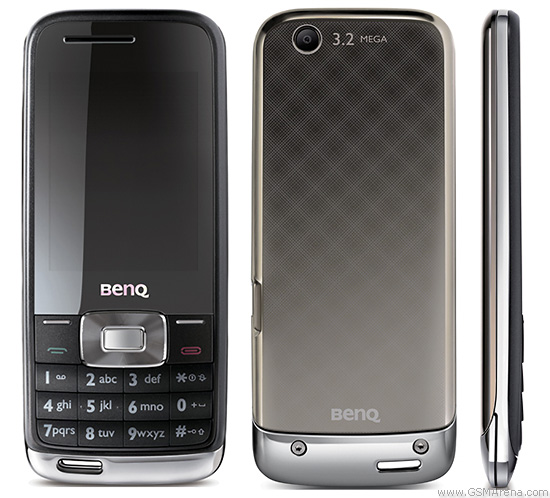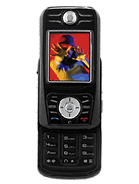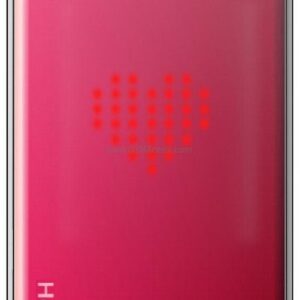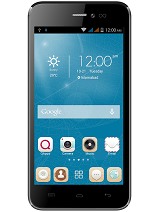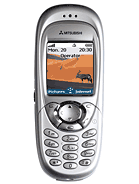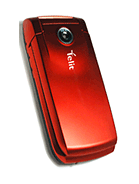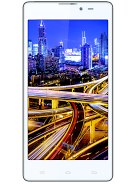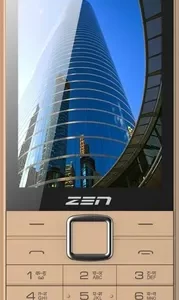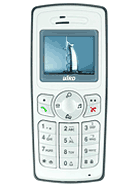BenQ C30 Overall Review
The BenQ C30, announced in September 2007, encapsulates the essence of a basic mobile phone designed for straightforward communication. With its 1.8-inch display, the C30 offers a clear and concise interface for making calls and sending texts, embodying the core functions of a mobile phone without the complexities of modern smartphones.
Equipped with a 650 mAh battery, the BenQ C30 is capable of sustaining considerable standby and talk times, reflecting the device’s focus on efficiency and essential use. Its storage capabilities are in line with the needs of a basic phone, prioritizing contact information and text messages over multimedia content.
The phone’s design is compact and user-friendly, emphasizing ease of use and durability. Its keypad is designed for comfortable typing, making it ideal for users who frequently send SMS messages.
BenQ C30 Pros and Cons
Pros:
- Compact and durable design, making it easy to carry and use.
- Efficient battery life suited for basic phone functions.
- User-friendly interface and keypad, ideal for calling and texting.
Cons:
- Limited functionality with no support for advanced applications or multimedia content.
- Small display size, typical of basic mobile phones from that era.
- Lacks modern connectivity options such as Wi-Fi and high-speed data.

